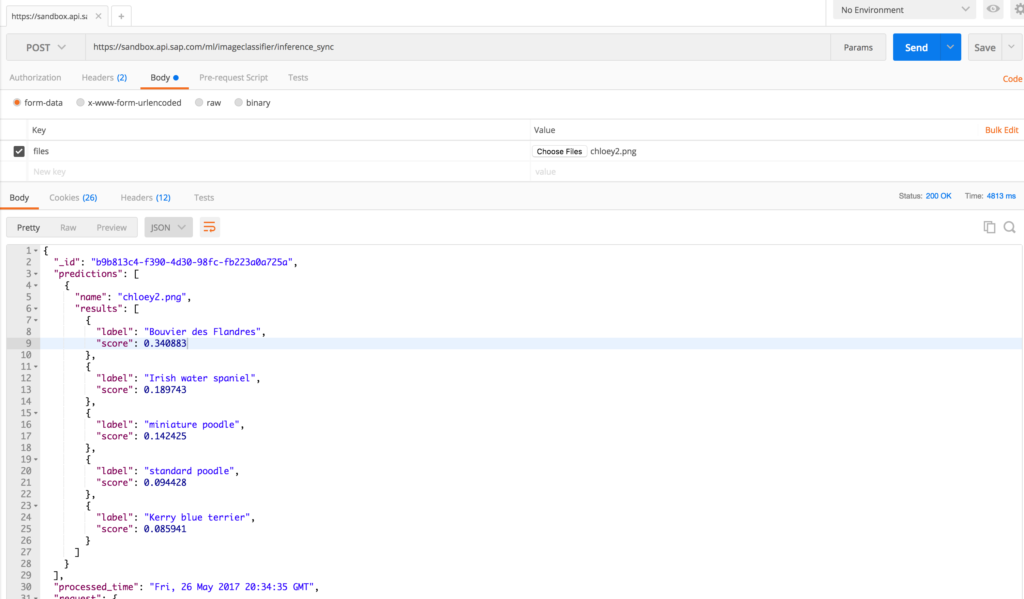
A great mystery awaits, restless yet rooted. Playful and serious all at once. Just beyond thought, just outside of compilers, it is the source of all UX. I do not know its name, so I will call it the Tao of UX.
The interface that can be seen is not the enduring and unchanging Tao. The screen that can be touched is not the enduring and unchanging Tao.
Called by the different names of design and development, it is really the same. Together we call it UX. Where the UX is the greatest is the path to subtlety and wonder.
The Tao gave birth to punch cards. Punch cards gave birth to keyboards. Keyboards gave birth to mice. Now voices, gestures, and cameras all input data into computers.
Each input device has its purpose, however humble. Each input device expresses the Yin and Yang of UX. Each has its place within the Tao.
But do not use a trackball if you can avoid it.
Two novice developers sat at tea, debating the greatness of their achievements.
The first said, “Look at my application! Its logic is powerful and elegant. A user may enter a piece of text, a picture, speak into their computer, or draw on the screen. All these various inputs become structured, harmonious data. Truly, this is a deep expression of the Tao.”
The second said, “This is not the Tao. Look instead at my application! The colors on the screen have been carefully selected, the size and alignment of all fields have been laid pixel perfect, and the user has full control of all elements which he sees. Truly, this is a deep expression of the Tao.”
The Master, overhearing their debate, interjected thus: “I have spoken to the user of your applications. Upon discovering her true needs, I produced a simple script which executes nightly and tabulates all her figures. In a week, she will forget that I have even written this program.”
At once, the novices were enlightened.
When the user becomes frustrated, screens are ignored.
When the computer groans with effort, the user waits.
When the application proceeds in fits and starts, its purpose is occluded.
Truly, this is not the Tao of UX.
When the user dances through the interface, applications create harmony.
When the computer glides through code as on a gentle zephyr, users experience joy.
When the application runs fearlessly through its assigned flow, it finds its purpose.
Truly, this is the Tao of UX.
The Master, knowing her talents languished unappreciated, navigated to Mindset’s careers page. Like storm-scattered scrolls, opportunities swirled around her. She rejoiced, not noticing that she’d been used as a rhetorical device in a year-end goof-off blog post.
Inspired by The Tao of Programming
If there is interest in viewing similar content, visit our blog, here.
View our LinkedIn, here.